| TimeTec has merged all of its solutions into www.timeteccloud.com, click to |
| MONITOR WORKERS EFFECTIVELY IN MANUFACTURING SECTOR |
| Through Online Time Attendance System |
| Download PDF |

 Manufacturing encompasses various industries, such as food and beverage products, textiles, furniture and chemical products, but is generally most associated with companies that specialize in engineering and industrial design. Some examples of major companies involved in the manufacturing sector include General Electric, Siemens, and Toyota.
Manufacturing encompasses various industries, such as food and beverage products, textiles, furniture and chemical products, but is generally most associated with companies that specialize in engineering and industrial design. Some examples of major companies involved in the manufacturing sector include General Electric, Siemens, and Toyota.Some of these companies house a huge number of employees and this, in turn, comes with several issues pertaining to employees' time and attendance. This definitely will affect the industry as productivity is crucial in order for manufacturing companies to succeed and with cases such as absenteeism and tardiness getting in the way of employee productivity, this will cause the industry to suffer losses.
This article takes a look at some of the issues faced by the sector and how online time attendance system such as TimeTec TA can help solve them.
Paul Golden, the founder and managing partner of Schilling Ventures, LLC, remarked that the biggest obstacle facing the manufacturing sector is the lack of skilled training among its employees. Golden said that the lack of skilled laborers hinders productivity, causing a disadvantage against offshore competitors. Many companies are also struggling to find employees with strong work ethics, opting instead on employees who opt for lower pay and in turn, result in work that is of poor quality (Stringfellow, 2012)
A survey conducted by Deloitte Development LLC and The Manufacturing Institute (Morrison et. al. 2011) shows inadequate basic employability skills, such as attendance timeliness and work ethic, coming in third among the most serious skill deficiencies in manufacturers' current employees. This comes right behind the lack of basic technical training, such as degree, industry certification or vocational training and inadequate problem-solving skills as serious skill deficiencies, but is still considered an issue when taking into consideration the deficiency's placing.
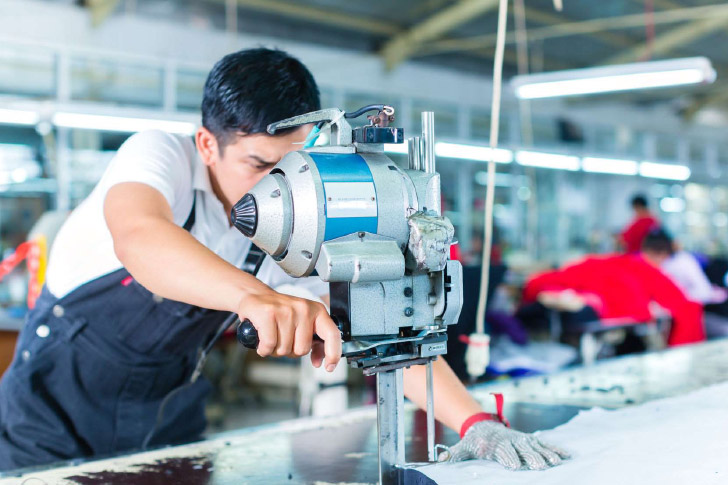
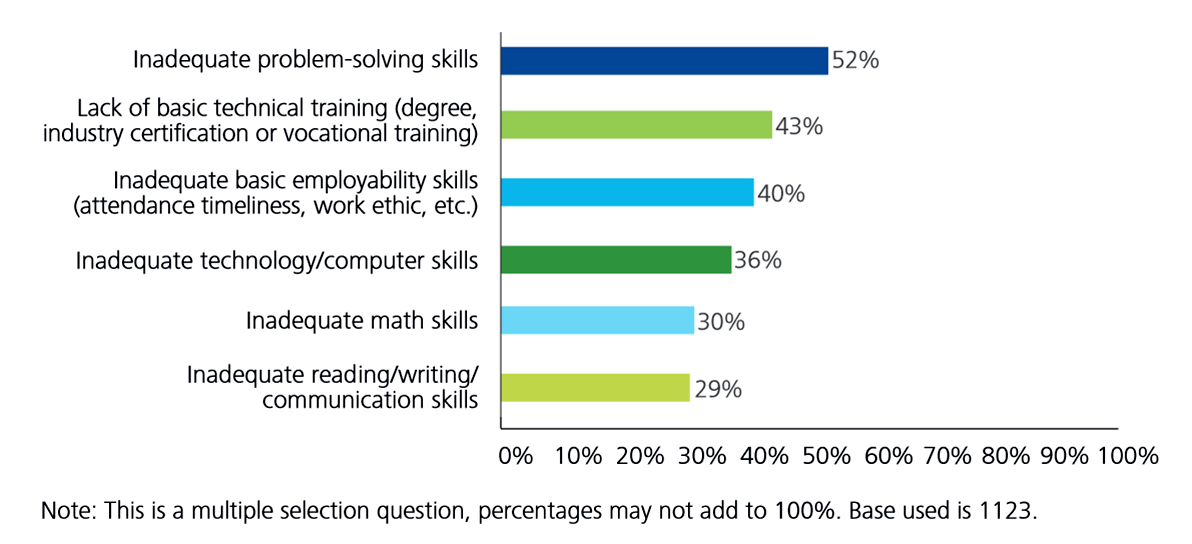
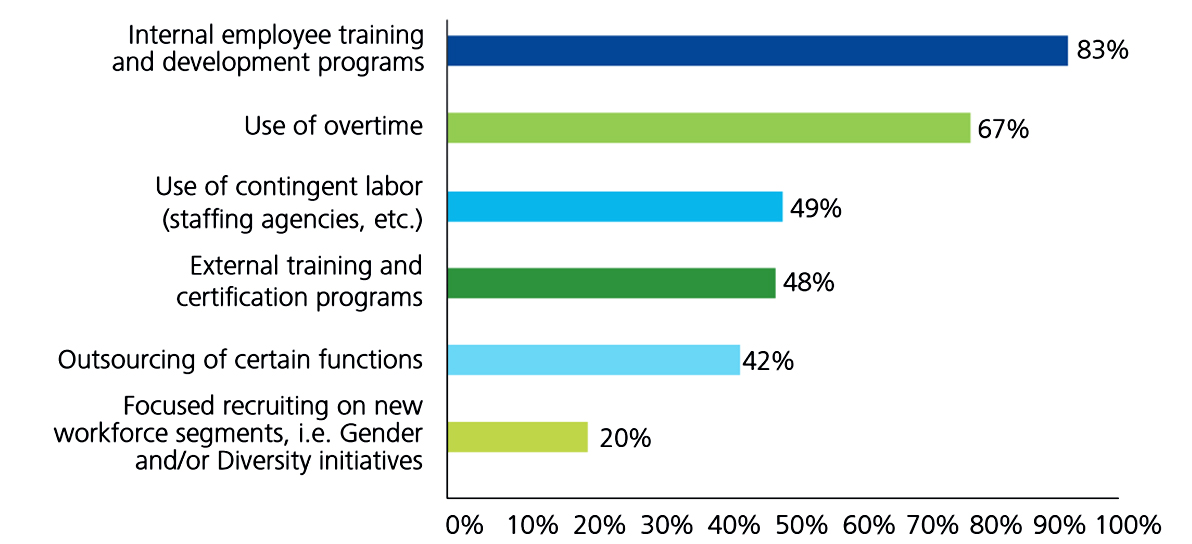
Hard labor is prevalent in the manufacturing sector, especially with companies that specialize in engineering and industrial design. To add more fuel to the fire, overtimes and shifts are usually imposed on the employees who work tirelessly during late hours and this may cause reduced productivity and worker errors. In the case of construction projects, Thomas and Raynar (1997) found decreases inefficiencies of 10-15% for 50 to 60-hour workweeks. This is made due to the inability to speed up the supply of materials, lack of tools or equipment, congestion, mistakes and unintended events, changes and rework. Hanna et. al. (2005) revealed other worrying factors of long working hours for employees, including higher pay rates at a time and a half, increased absenteeism and low morale (Caruso, 2006).
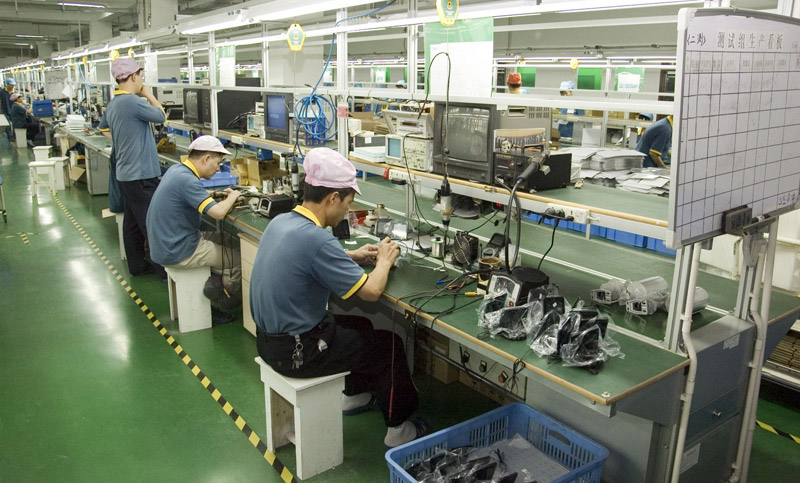
During an economy downturn, employers are known to offer few leave options as paid leave is considered one of the costliest benefits employers offer. More organizations have been looking to alternative leave options as a potential way to deal with the fallout of an economic meltdown, including the emergence of new work patterns that will encourage broader use of employee leave benefits. A lot of employers are known to be less willing to offer any kind of leave, especially paid leave, in order for them to operate with fewer employees and smaller budgets during troubled times. More likely than not, employers will still continue to offer both paid and unpaid leave, but will also look for ways to minimize costs.
Another option is to utilize paid time off (PTO) plans. What this plan does is combine paid leave into one comprehensive plan, including traditional vacation time, sick leave and personal days and in the USA, paid time off (PTO) plans have been gradually increasing among employers. Employers see this plan as a way to minimize the cost of leave because the combined number of days offered is generally less than the number offered through separate vacation and sick leave plans. During an economic downturn, this would encourage more employers to adopt these types of plans to streamline and simplify the leave administration process. Meanwhile, small numbers of organizations encourage employees to take unpaid vacation time as a way to save on labor costs.
Employees in manufacturing companies literally get their hands dirty when it comes to producing goods and this may result in their fingers wearing out over time. Those who work in heavier manufacturing industries, such as automotive manufacturing, are also constantly having their gloves on due to the parts, materials and accessories they have to handle on a daily basis. To ensure employees are able to verify themselves without having to use their fingerprints, face recognition devices are presented as an alternative to fingerprint devices. Face recognition terminals, such as Face ID 4 from FingerTec, are useful for employees who want to verify their attendances as the terminals require no physical contact and verification is done quickly and accurately. Aside from face recognition, employees can also verify themselves through the use of card or password, verification methods that are usually embedded in biometrics products.
While biometrics or other data collecting devices are important, having an effective software and centralized online solution such as TimeTec TA is imperative to tackle these issues.
TimeTec TA is an online time and attendance solution that is efficient in managing staff attendance issues. With more companies turning to cloud computing in work related matter to secure their data and access them whenever and wherever they like, TimeTec TA is designed to reduce administrative overheads by eliminating manual timecard calculations. This is done through TimeTec TA servers that manage, maintain and monitor storage of all data from the company's terminals. Some of TimeTec TA's key features may play a role in managing a company's workforce. The terminal raw data management of the application is useful to check, trace or export raw data from the terminal and through the data audit list, it will enable users to view relevant information on particular events or activities that take place at the terminal.
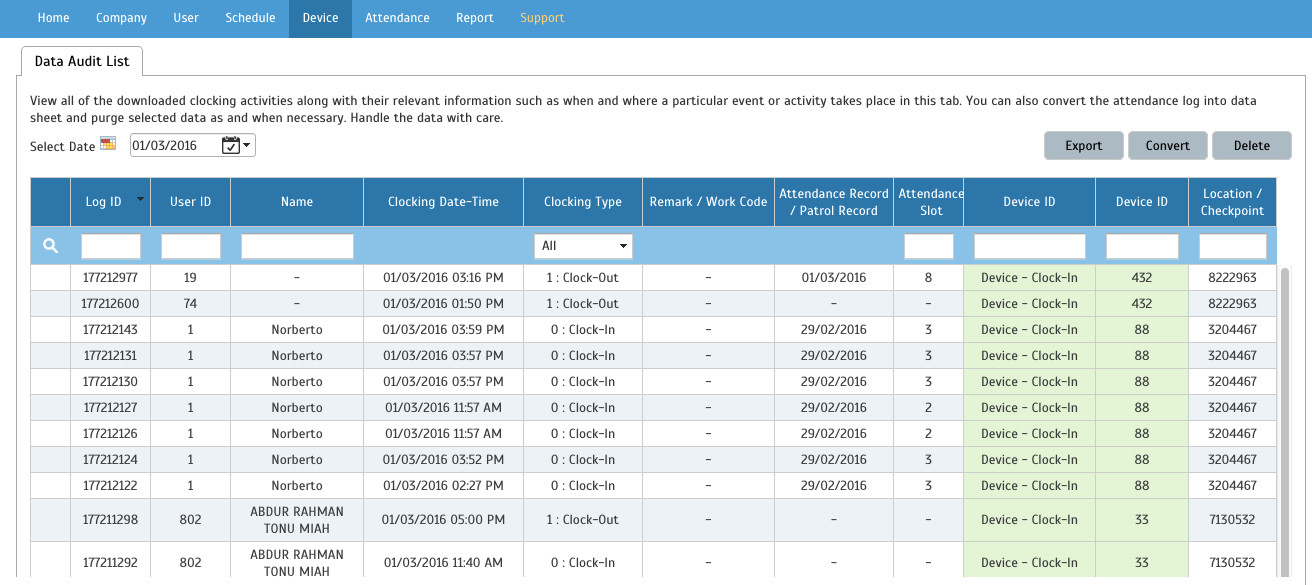
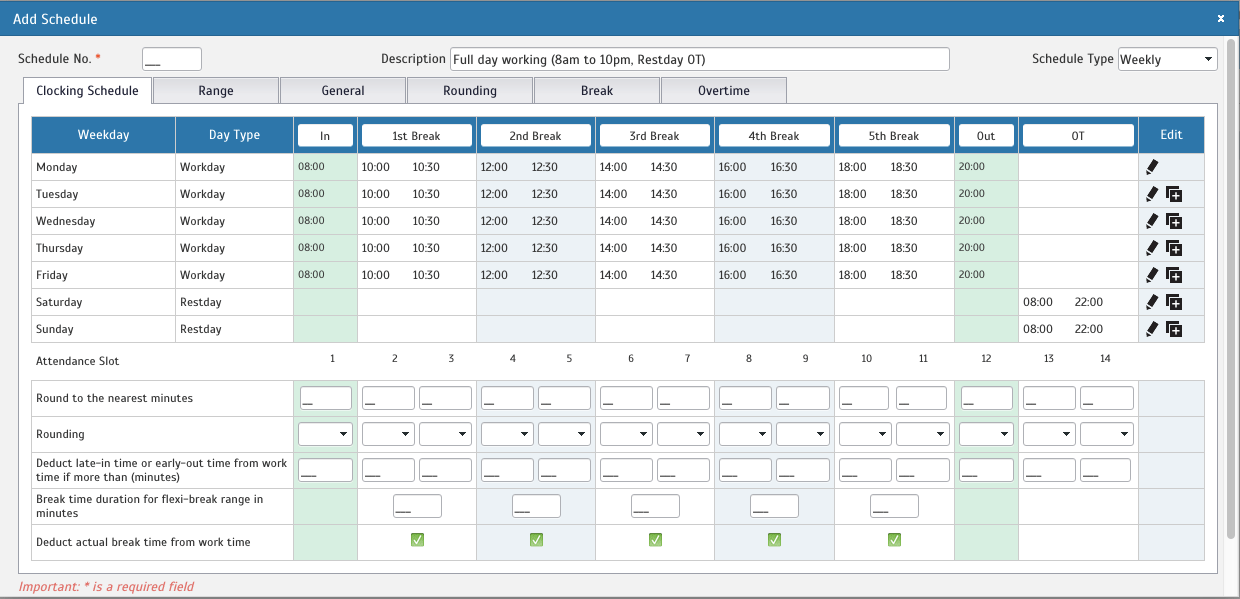
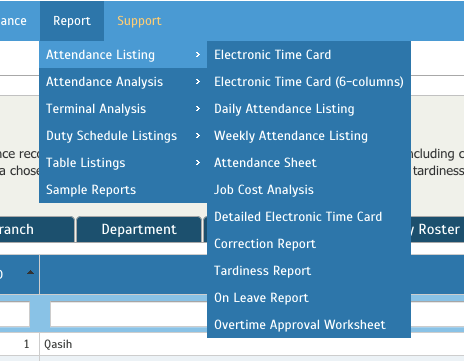
As 2013 came to an end, the USA's manufacturing sector grew at the second-fastest pace in more than two years as this was fueled by a gain in orders that will help propel the country's expansion (Shobhana, C., 2014). In order for the future to look even brighter for the manufacturing sector, productivity is key and the aid of biometric time clocks, such as the ones from FingerTec, will lead the way to a more prolific and active workforce in the industry.
| References |
| Becheikh, N., Landry, R. and Amara, N., 2005, Lessons from innovation empirical studies in the manufacturing sector: A systematic review of the literature from 1993-2003, Science Direct. |
| Caruso, C. C., 2006, Possible Broad Impacts of Long Work Hours, National Institute for Occupational Safety and Health. |
| Examining Paid Leave in the Workplace, 2009, Society for Human Resource Management. |
| Facts About Manufacturing in the United States, n.d., National Association of Manufacturers. [ONLINE] Available at: http://www.nam.org/Statistics-And-Data/Facts-About-Manufacturing/Landing.aspx (Accessed 7th February, 2014) |
| Manufacturing Statistics - Current trends and challenges, 2013, United Nations Statistics Division. |
| Morrison, T., Maciejewski, B., Giffi, C., Derocco, E. S., McNelly, J. and Carrick, G., 2011, Boiling point? The skills gap in U.S. manufacturing, Deloitte and The Manufacturing Institute. |
| Shobhana, C., 2014, Manufacturing Growth to Help Propel U.S. Expansion: Economy, Bloomberg Luxury, Bloomberg. [ONLINE] Available at: http://www.bloomberg.com/news/2014-01-02/u-s-ismmanufacturing-index-fell-to-57-in-december-from-57-3.html (Accessed 27th February, 2014) |
| Sims, D., 2013, China Widens as World's Largest Manufacturer, Industry Market Trends, ThomasNet News. [ONLINE] Available at: http://news.thomasnet.com/IMT/2013/03/14/china-widens-leadas-worlds-largest-manufacturer/ (Accessed 10th February, 2014) |
| Stringfellow, A, 2012, Challenges Facing Today's Manufacturing Industry, OPEN Forum, American Express. [ONLINE] Available at: https://www.americanexpress.com/us/small-business/openforum/articles/challenges-facing-todays-manufacturingindustry/ (Accessed 10th February, 2014) |
| Wright, S., 2013, Health and safety in manufacturing in Great Britain, 2013, Health and Safety Executive. |